Looking back about two decades ago, Vietnamese cinema was popular with works produced on order, living off the “budgetary milk”, so most of them lacked the important elements of an industry. Therefore, the life cycle of films was short and difficult to reach the public. When the wave of socialization spread, especially in Ho Chi Minh City - where private producers quickly joined, cinema created a vibrant market. As a result, a series of works with high revenue, from several billion VND to hundreds of billion VND continuously appeared, especially in the last 5 years. Cinema has become a typical proof of the story of successful commercialization.
Cinema is a typical example of using its own values to create resources, promoting development in a more sustainable and independent direction. In practice, many other fields of the cultural industry, such as cultural tourism, performing arts, fashion ... have also demonstrated the potential to create great profit value. Art programs, concert nights such as Anh trai vu ngan cong gai, Anh trai say hi or popular cultural tourism destinations, Vietnamese fashion imprints on domestic and foreign catwalks ... show some success in the process of commercializing culture in a creative and correct way.
The success of the model of “using culture to nurture culture” lies first of all in gradually eliminating the prejudice that culture is just a field of spending money. When culture can create its own value, support itself and reinvest in itself, it also means gradually reducing dependence on the state budget. Because the nature of the process of “commercializing culture” is to bring cultural fields into the general flow of the economy . When viewed as a special type of commodity product, culture is forced to follow the basic rules: supply and demand, competition, use value and consumption capacity. That requires that cultural products, in order to survive and develop, must first survive in the market. To do so, it is necessary to break old stereotypes, especially in the “order-based” production mindset, to move towards understanding the needs and tastes of the public. When culture meets the market, it not only attracts the attention of society but also opens up opportunities to mobilize many resources, including investment outside the industry - a very important factor to "thicken capital" for cultural development. From here, a positive cycle is established: profitable investment - reinvestment - expanding market - rich cultural life - contributing to increased GDP. That is the feasible path to build a cultural industry that has both identity and economic vitality, is close to the community and integrates into the general development flow.
However, “cultivating culture with culture” cannot be realized overnight. It is a process that requires a clear roadmap, appropriate strategy and a system of synchronous solutions. In that process, the state still plays a fundamental role: building a legal corridor, formulating policies, regulating the market and issuing mechanisms to encourage development. However, the core is to create a sustainable cultural ecosystem - where resources are planned and invested systematically, long-term, with the right focus, key points, quality and above all must ensure national identity, in line with the integration trend. Only when culture becomes a profitable field, has export capacity and has a clear position in social life as well as the economy, will “cultivating culture with culture” no longer be a slogan but become a vivid and feasible reality.
Source: https://www.sggp.org.vn/phat-huy-suc-manh-van-hoa-post800447.html


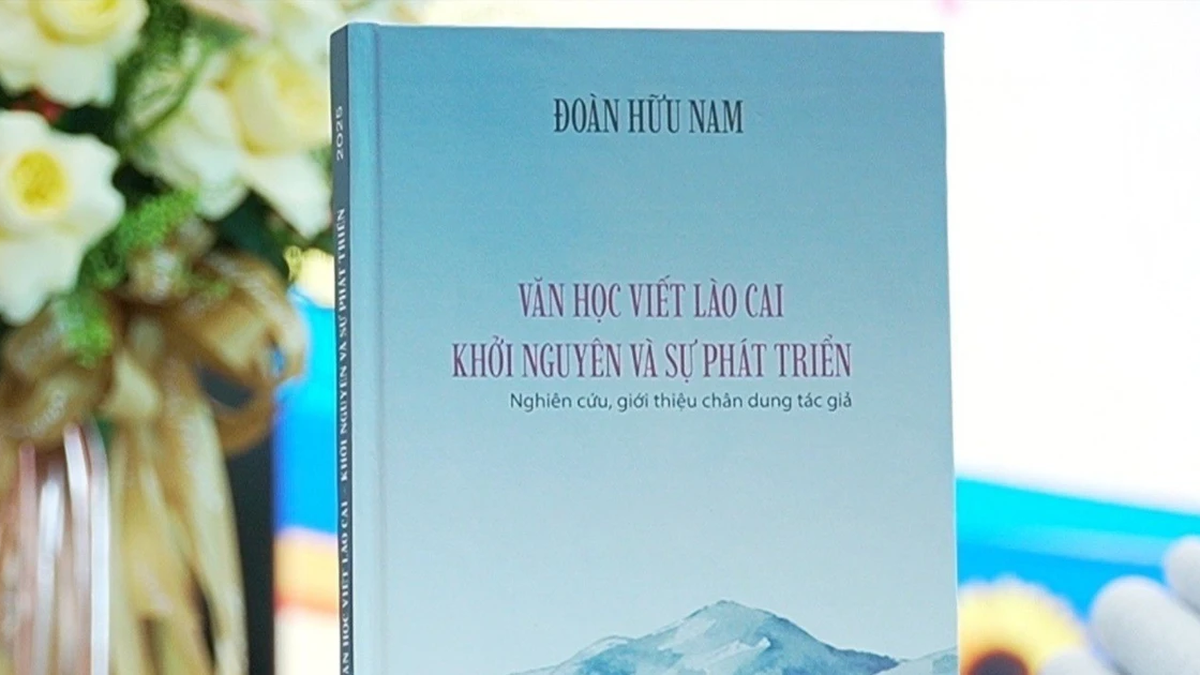

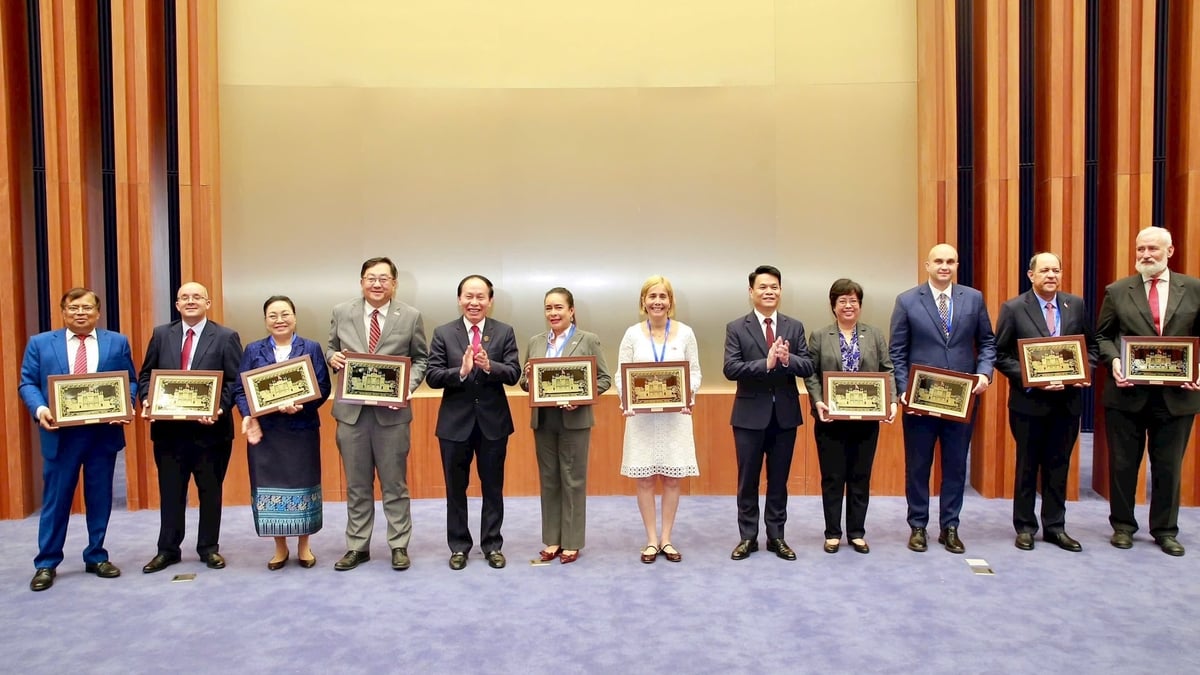


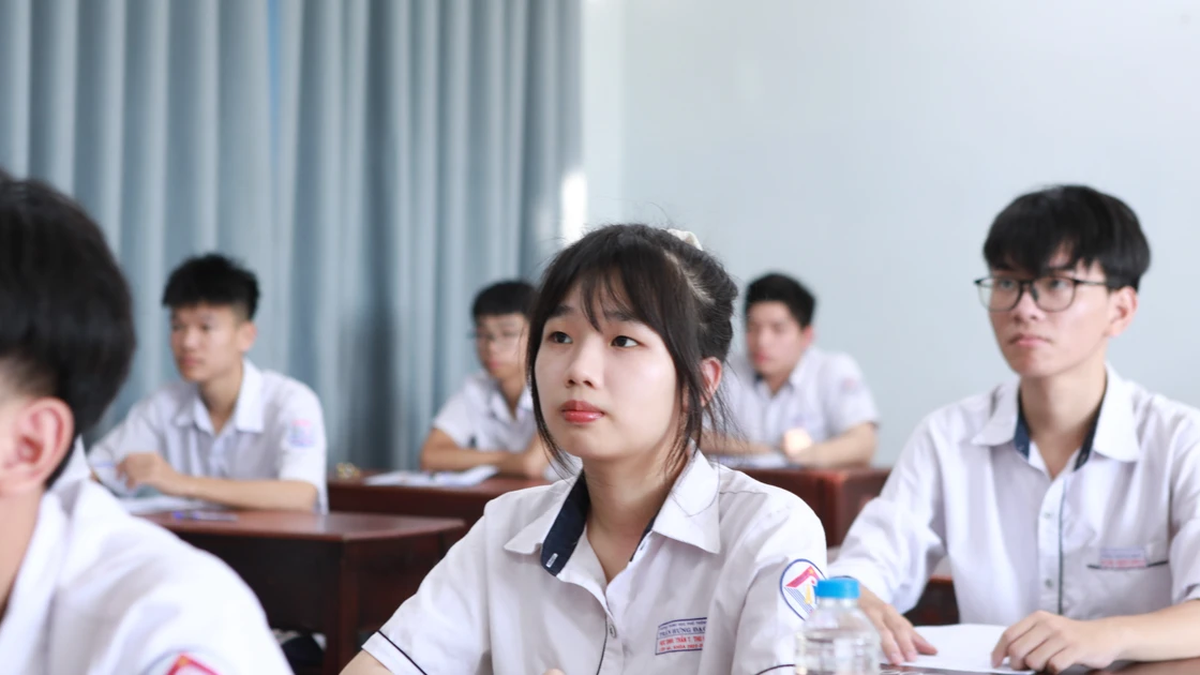
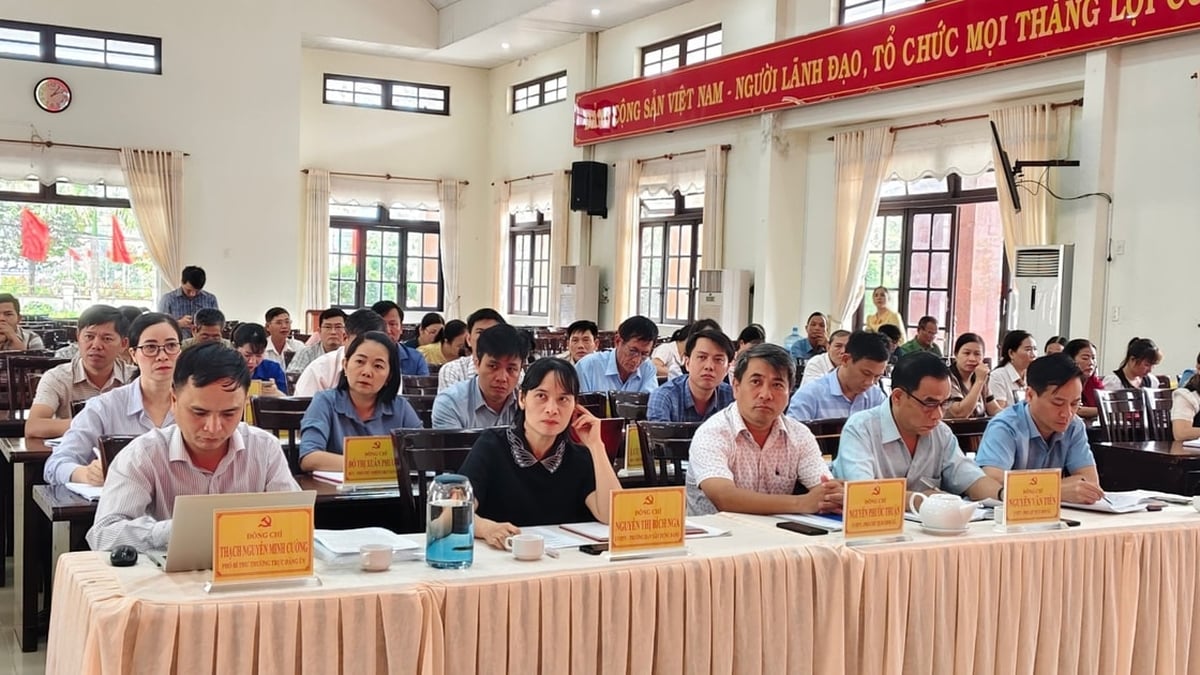

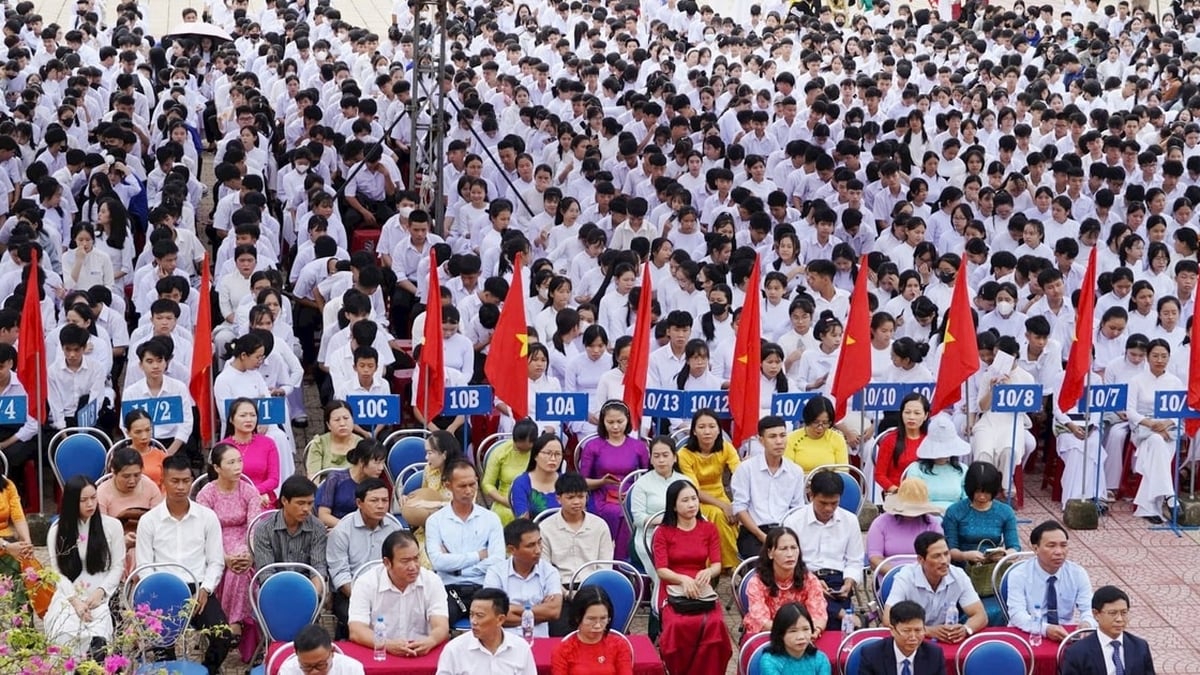
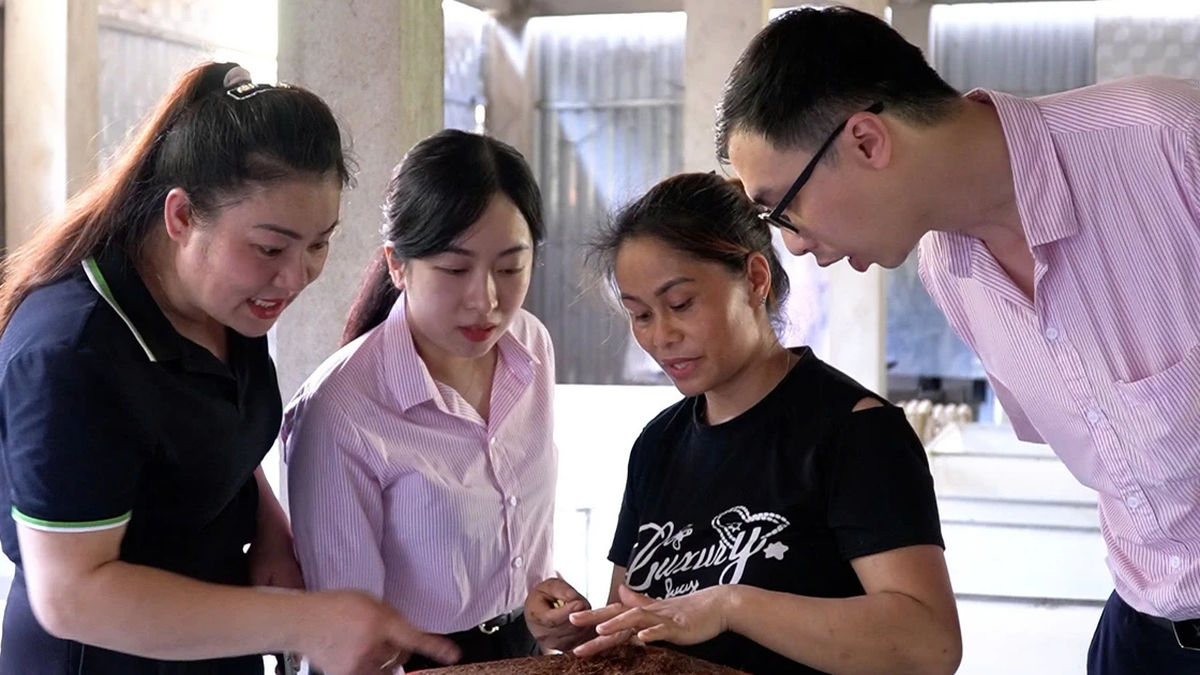















































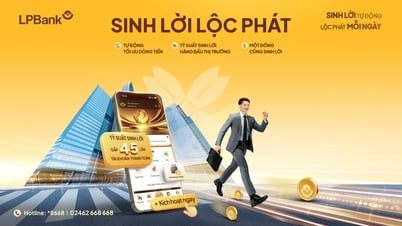


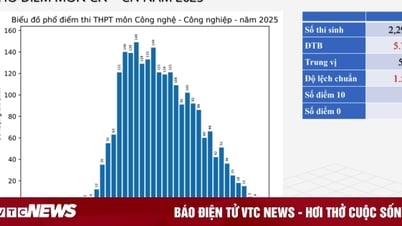



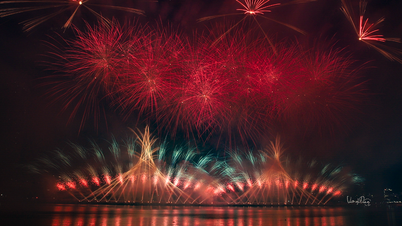

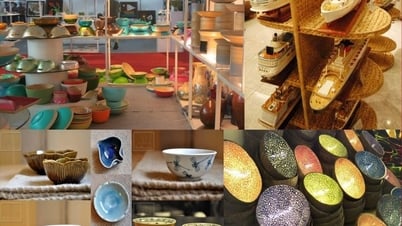




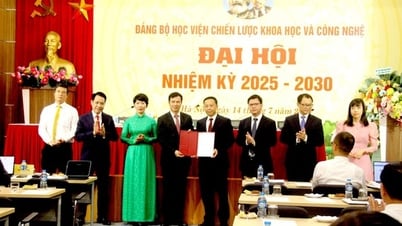


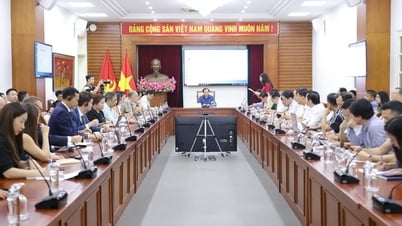




















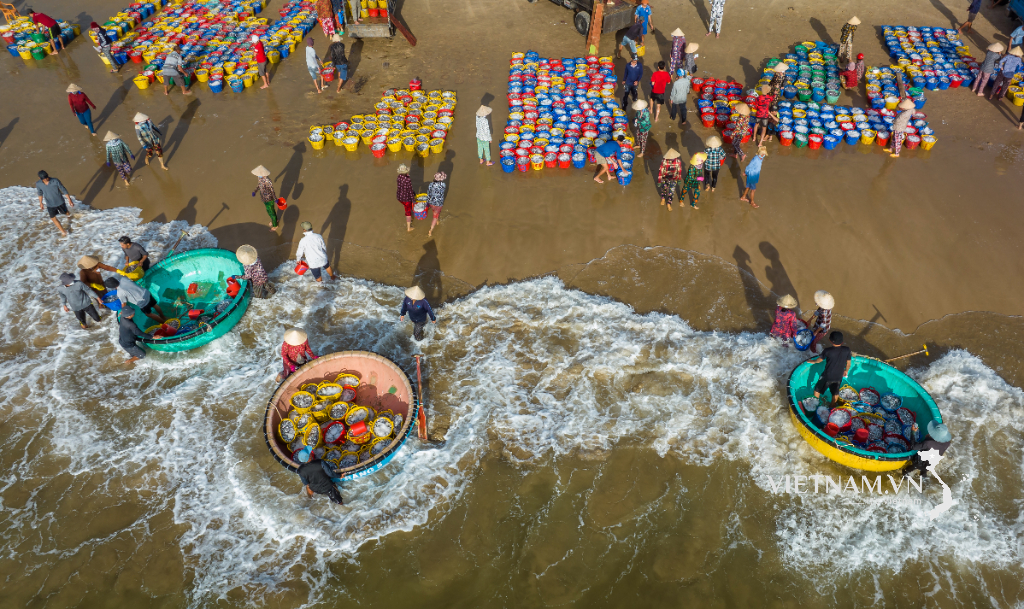


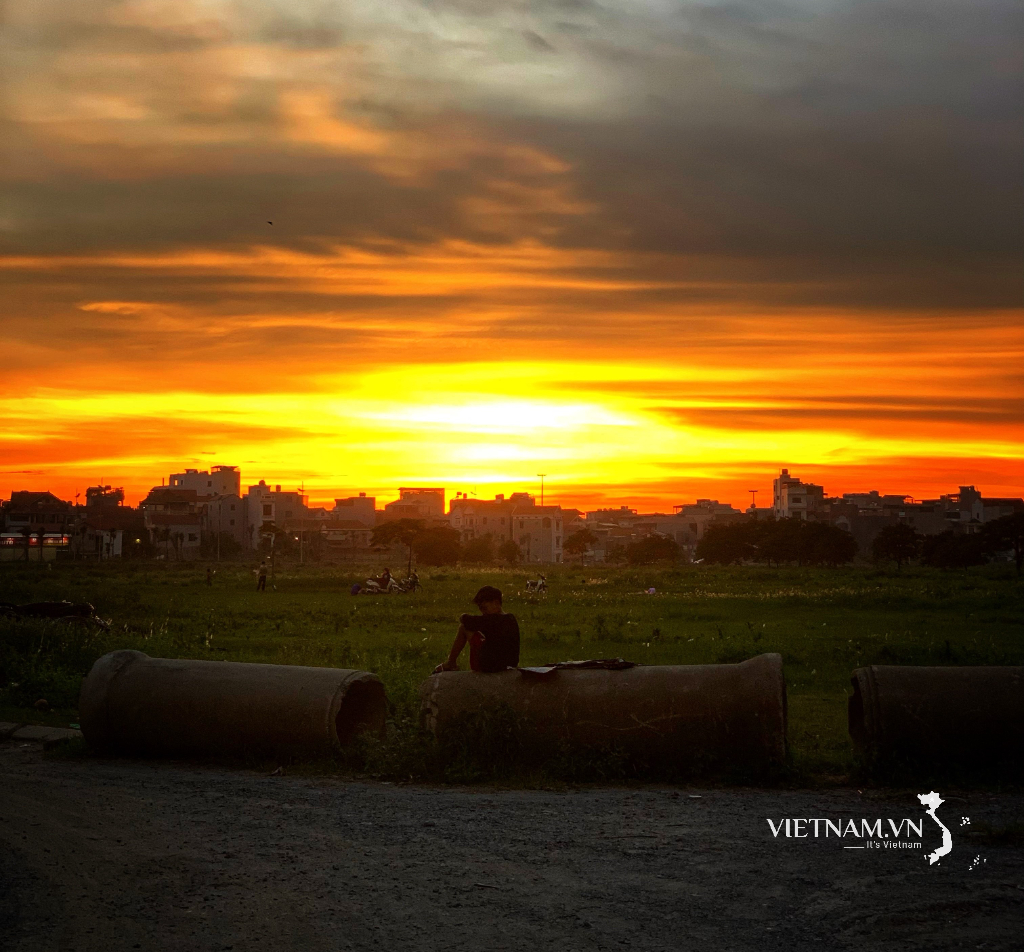
Comment (0)